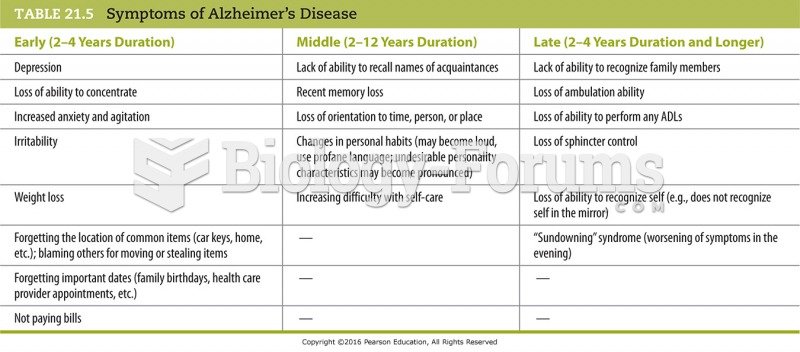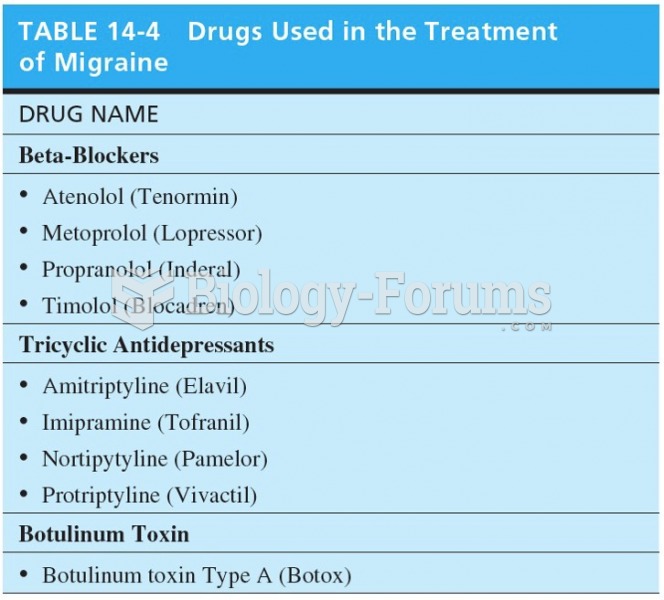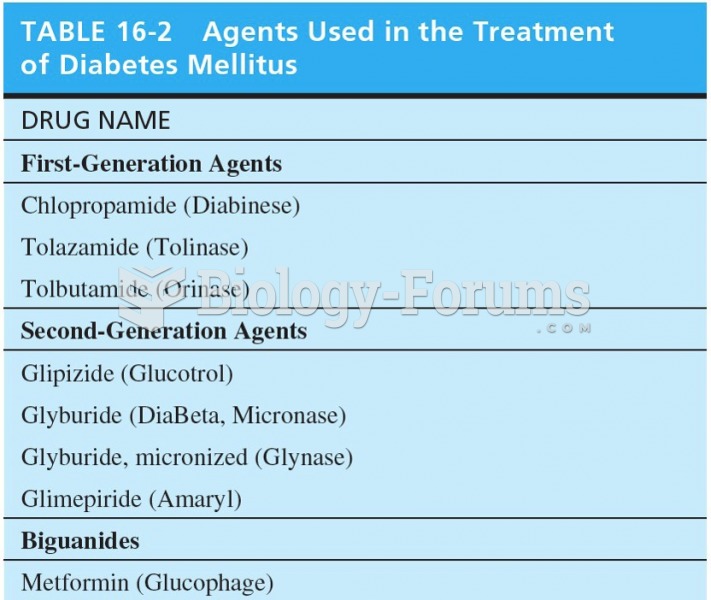Answer to Question 1
Panic disorder is characterized by the abrupt experience of intense fear or acute discomfort, accompanied by physical symptoms that usually include heart palpitations, chest pain, shortness of breath, and possibly dizziness.
The three categories of panic attacks:
--Situationally bound (attack is cued by a particular setting or situation)
--Unexpected (no clear cue or trigger for the attack)
--Situationally predisposed (cues may, but don't inevitably, cause an attack)
Answer to Question 2
Anxiety is a future-oriented state characterized by negative affect in which a person focuses on the possibility of uncontrollable danger or misfortune; in contrast, fear is a present-oriented state characterized by strong escapist tendencies and a surge in the sympathetic branch of the autonomic nervous system in response to current danger.
Anxiety
is a negative mood state characterized by bodily symptoms of physical tension and by apprehension about the future. In humans, it can be a subjective sense of unease, a set of behaviors (looking worried and anxious or fidgeting), or a physiological response originating in the brain and reflected in elevated heart rate and muscle tension.
Fear, on the other hand, is an immediate emotional reaction to current danger characterized by strong escapist action tendencies and, often, a surge in the sympathetic branch of the autonomic nervous system. Fear sometimes occurs when you experience an alarm response when there is nothing to be afraid ofthat is, you have a false alarm. This is known as panic.
There is much evidence that fear and anxiety reactions differ psychologically and physiologically. As noted earlier, anxiety is a future-oriented mood state, characterized by apprehension because we cannot predict or control upcoming events. Fear, on the other hand, is an immediate emotional reaction to current danger characterized by strong escapist action tendencies and, often, a surge in the sympathetic branch of the autonomic nervous system.







